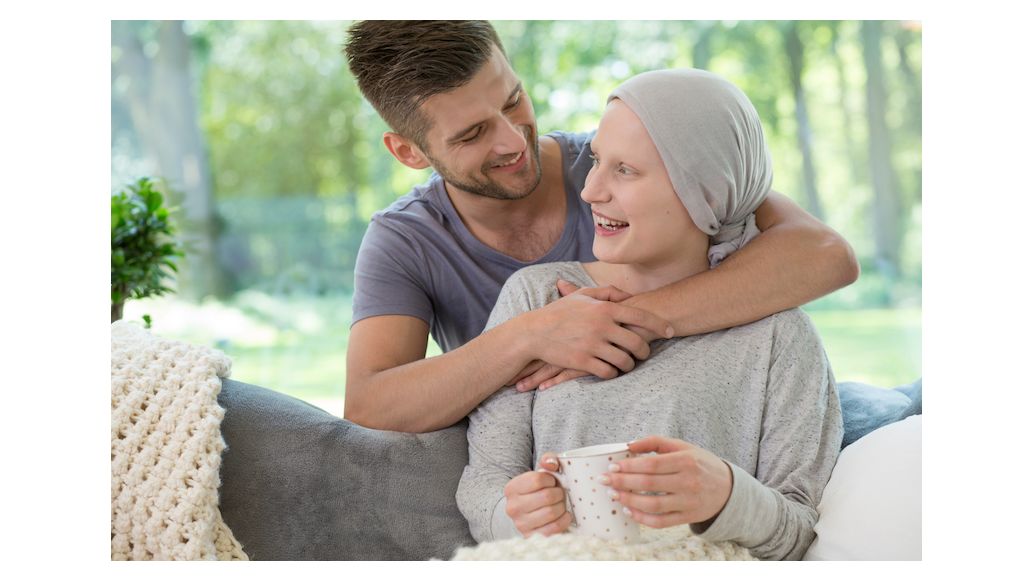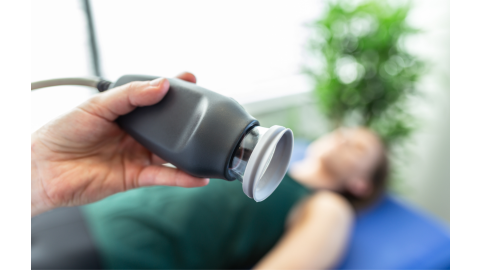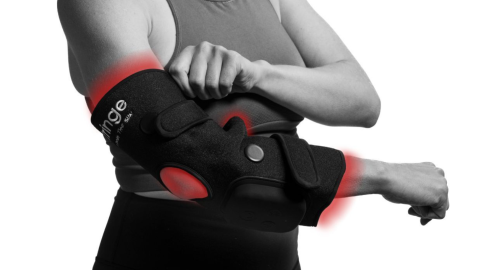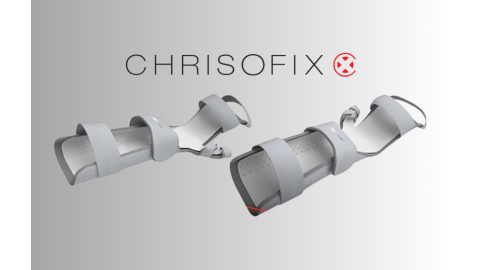Many cancer patients begin to experience pain as the cancer is discovered or during treatments. The pain can range from mild chronic pain to sporadic nerve pain. The cancer pain can manifest itself in different forms, but it can also be relieved in a number ways.
What Does Cancer Pain Look Like?
Pain caused by cancer can be classified in three ways based on intensity and frequency:
- Continuous
- These chronic pains often come in the form of achy joints and fatigued muscles. The pain is typically mild, but persistent. Experiencing continuous pain exclusively is not common among cancer patients.
- Intermittent
- Pain that oftens flares up at random times. For most of the day symptoms may be absent and then, suddenly, severe pains can quickly arise. Intermittent pain alone is also not very common among cancer patients.
- Breakthrough
- ◦ Breakthrough pain is intense and often cuts through the relief of pain medications or analgesics. Even if you already have pain solutions, this type of pain can be felt. It typically occurs in patients with continuous pain, causing spikes in their moderate pain levels.
A combination of continuous pain with intermittent bursts of breakthrough pain is the most common among cancer patients.
What Causes Cancer Pain?
The cause of pain is different for each patient. Sometimes it is the cancer itself, but it could also be the medication, even if the medicine is successfully treating the cancer. These are the most common reasons cancer patients have pain:
- A tumor pressing on nerves and bones causing pain
- Your body’s reaction to the cancer: the body can release chemicals in an attempt to fight the cancer, causing extra pain during the process
- Cancer treatments, like chemotherapy or radiation, can take a toll on the body causing muscle and joint pain
Treating Cancer Pain: Are Drugs Necessary?
There’s nothing wrong with using pain medications to treat the pains associated with cancer. While there is a risk of addiction and negative side effects, neither are extremely common among cancer patients. Still, many people are turning to drug-free alternatives to deal with pain.
Alternatives to Pain Medication
Transcutaneous Electrical Nerve Stimulation (TENS) uses small electrical currents to disrupt nerves from sending pain signals to the brain. This replaces pain with a tingling sensation. TENS Units like the Dual Channel TENS are small and can easily be operated at home.
Topical analgesics can also reduce pain. This includes a wide variety of creams, gels, and lotions that can be rubbed into the skin to provide quick, short-term pain relief. Typically using menthol as an active ingredient for treating pain, these products are a safe way to help alleviate muscle tissue and joint pain for cancer patients. Biofreeze Classic Pain Relieving Gel comes in gel and spray forms that use the cooling qualities of menthol to offer immediate pain relief.
Menthol Safety:
- Do not let eyes, broken skin, rashes, or mucous membranes come into contact with menthol
- Do not use on areas of the body undergoing radiation treatment
- Wash hands after using menthol
Cold therapy is another common approach for treating pain associated with cancer. It can numb the pain and decrease swelling if these symptoms flare up. Cold packs like the Therapearl Hot and Cold Therapy Packs are great to have on-hand for treating intermittent and breakthrough pain.
Cold Safety:
- Do not apply cold to areas of the body with poor circulation or low sensitivity
- Do not apply cold for more than 5 to 10 minutes at a time
Heat therapy is best used for persistent pain and swelling, often associated with continuous pain. Applying heat directly to the body can help soothe aching muscles and stiff joints. Try the Tropic Pac Moist Heat Packs for therapeutic warmth.
Heat Safety:
- Do not fall asleep or use medication that can cause drowsiness while using heat devices
- Avoid using heat on any area that has received radiation treatment in the past six months
- Do not use heat over new injuries or open wounds because heat can increase bleeding
- Do not use heat over any area where circulation or sensation is poor
Dealing with pain is one of the many obstacles while battling cancer. There are many ways to do this and no one solution works for everyone. But with the right treatment, pain can be successfully managed.
References
American Cancer Society. (2015). Cancer.org. Non-medical Treatments for Pain Retrieved from https://bit.ly/2DcAWyY
Lasheen, Wael. (2010). Ncbi.nlm.nih.gov. INTERMITTENT CANCER PAIN: CLINICAL IMPORTANCE AND AN UPDATED CANCER PAIN CLASSIFICATION. Retrieved from https://bit.ly/2MBCVB7
Moynihan, Timothy. (2017). Mayoclinic. Cancer pain: Relief is possible. Retrieved from https://mayocl.in/2mk1g3c
Medical Disclaimer: The information provided on this site, including text, graphics, images and other material, are for informational purposes only and are not intended to substitute for professional medical advice, diagnosis or treatment. Always seek the advice of your physician or other healthcare professional with any questions or concerns you may have regarding your condition.

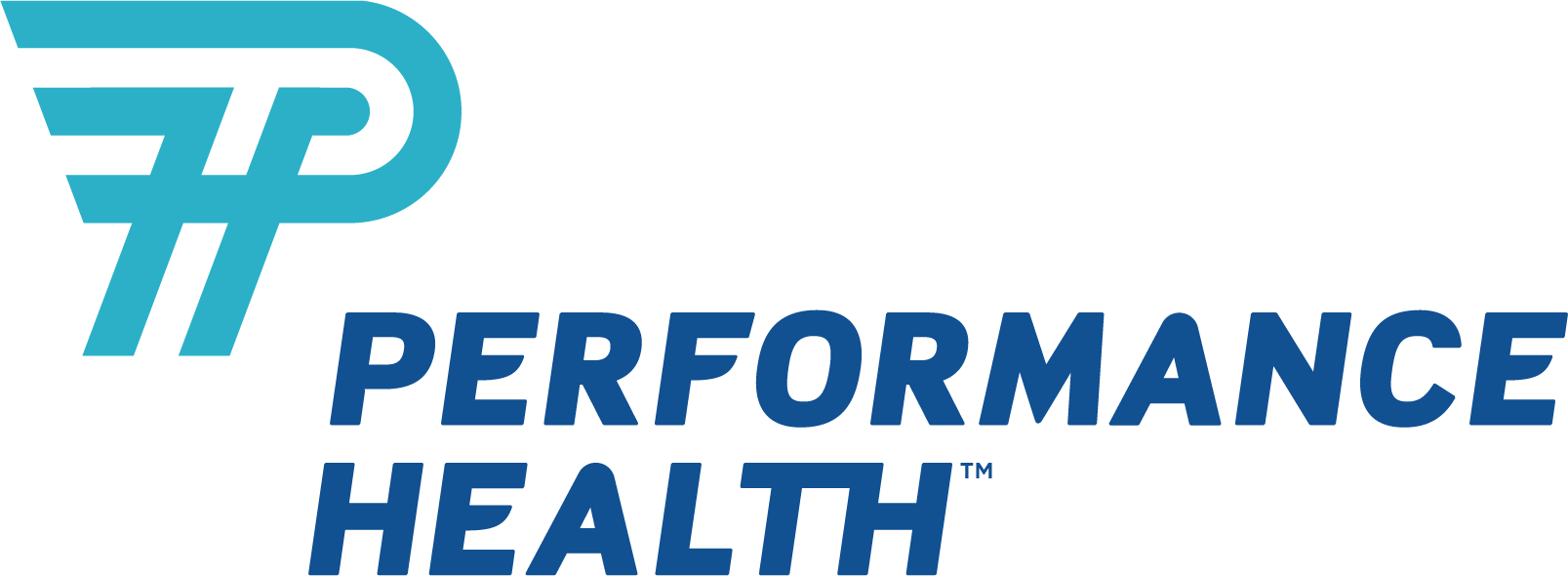






 France
France Australia
Australia